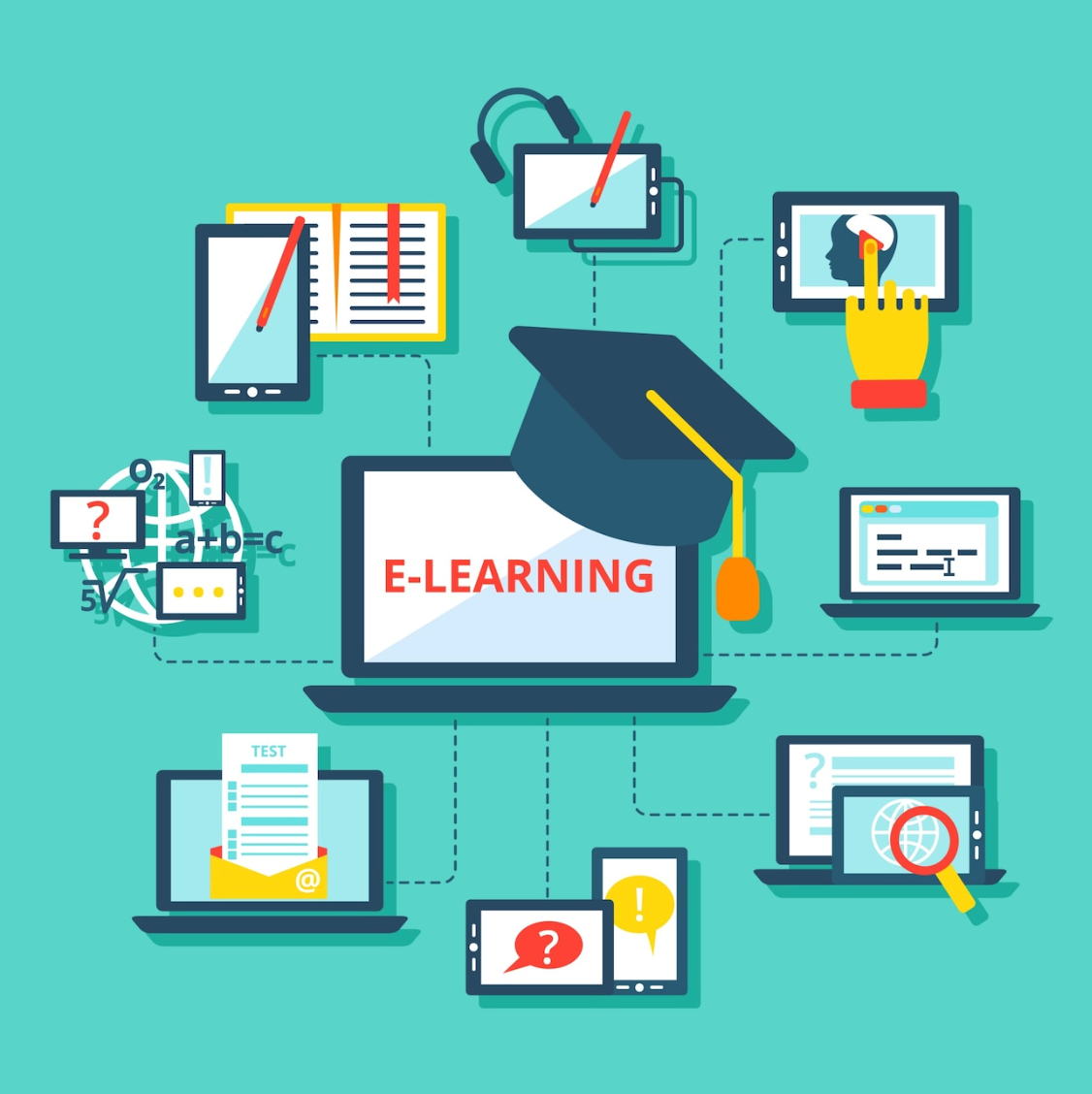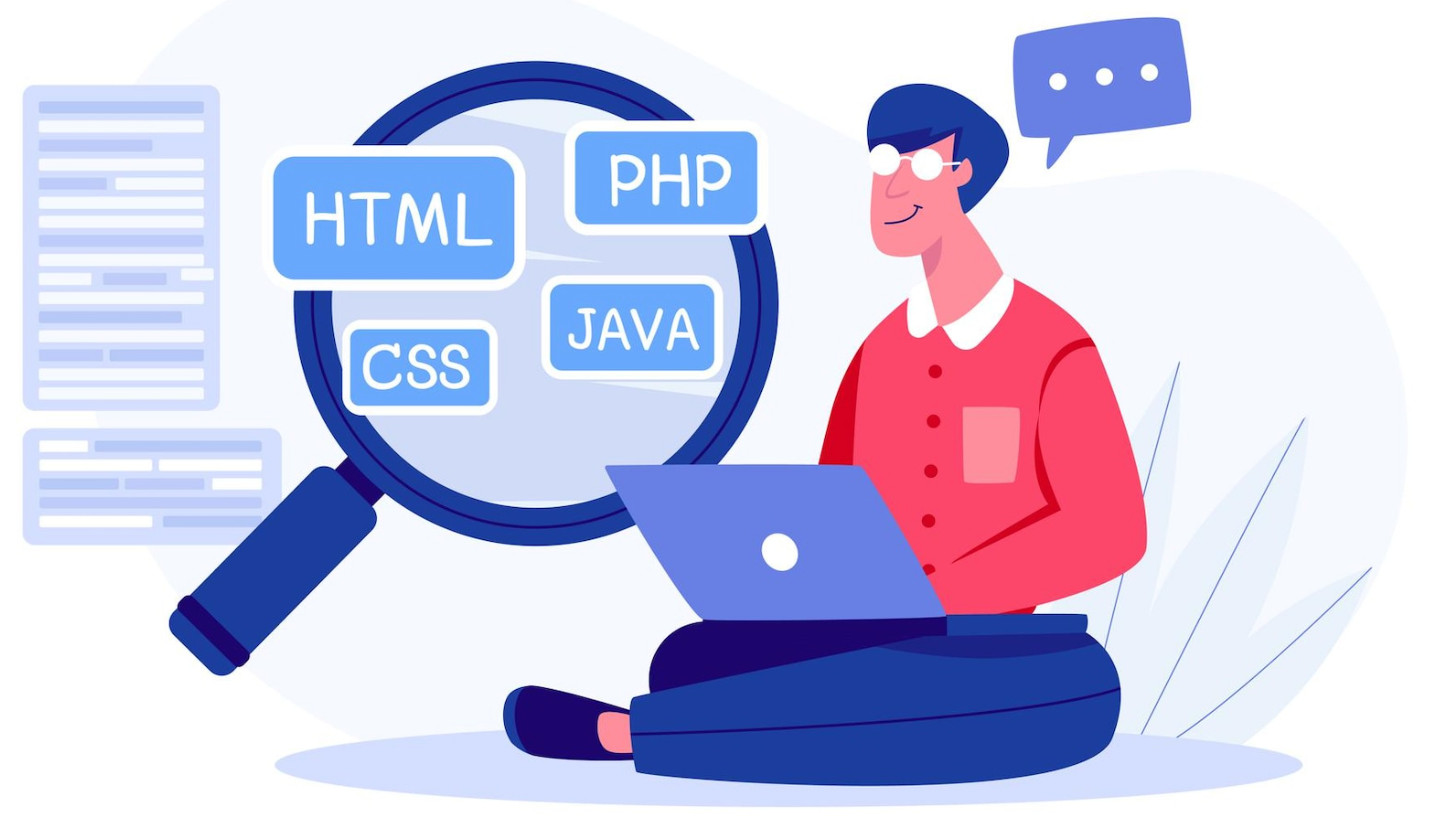In today’s world, training and education are becoming more and more critical. This is especially true for employees who need to keep up with the latest changes in their company or industry. For example, Udemy services are recognized by Fortune 100 companies, with 80% of them acknowledging skills gained through Udemy courses.
A lot of companies are now turning to eLearning websites for their training needs. These websites provide an easy way for companies to create a virtual classroom where employees can learn about anything from new products to new policies.

Building an eLearning website is not as complicated as it might seem, especially if you know what to do. The most important thing is to have a clear vision and strategy for the project.
This article will teach you about eLearning and what to do if you want to build an eLearning website in 2022.
What is an eLearning Platform?

Elearning is a form of online training that can be interactive and engaging. It’s designed to educate people on specific skills or topics by using videos, text, graphics, and other interactive components.
An eLearning platform is a set of tools that allow you to create eLearning courses without the need for any programming knowledge. It also provides access to a library of pre-built templates and assets for your courses.
The main purpose of an eLearning platform is to provide a better and more engaging experience for the learner.
How to Build an eLearning Website
Now, we will explore how to build an eLearning website. There are a few things that you need to consider before you start your project.
1) What is the purpose of your eLearning website?
2) Who is the audience?
3) What do you want them to learn?
4) How will they interact with your content?
5) What are the goals of your project?
6) What is the timeline for this project?
Define Your Niche
Building an eLearning website is not an easy task. You must understand the process well and know what you are getting into.
Defining your niche is important because it will help you narrow down your focus and create content that will be more useful to your audience.
There are a few things that you should keep in mind when defining your niche:
- What are the needs of your target audience?
- What does the market need?
- What do you want to offer?
Choose a Monetization Strategy
If you are looking to build an eLearning website, you will need to choose a monetization strategy. The two most common strategies are advertising and subscriptions.

Advertising can be done through banner ads, video ads or pop-up ads. Banner ads are the most common type of advertising used on websites, and they can be used for all kinds of products or services. Video ads are more expensive, but they can generate a lot more revenue than banner ads because people tend to watch them longer. Pop-up ads are the least intrusive type of advertising. However, they also generate the least amount of revenue because people tend to close them before they even finish loading.
Subscription is another way some websites make money off their customers – usually by offering premium content for a monthly fee. Subscriptions usually have a free trial period where customers can try out the paid service before committing to it for an entire month.
Select Functionality For eLearning Website
You need to create an online training website that will help your customers learn the basics of your products and services. The website should have a course registration process, course content, and a course completion certificate.
The first thing to decide is what kind of content you need to host on your site. The two most common types of content are videos and interactive courses. Videos are a great way to provide an overview or introduction to a topic. Interactive courses allow learners to learn at their own pace by completing tasks and answering questions in order to advance through the course material.
Choose The Development Approach
Before you start building your website, it is essential to know that there are two different approaches to building an eLearning website. These are the DIY approach and the custom development approach.
The DIY approach is where you do all the work yourself using a website builder like WordPress or Drupal. You decide on the content, design, and functionality of your site. This can be a good option for those who want to save some money, but it does require time and effort.
The custom development approach is where a company that specializes in this type of work builds your site for you. This method can be more expensive, but it will also provide you with a better-looking site that is easier to maintain and update in the future.
Define The Required Technology Stack

The world is constantly changing and growing, which means that so does technology. As a result, many different technologies can be used to build an eLearning website. You will have to decide on the technology stack to use. This will depend on what you want your website to do and your target audience. A few of these technologies are PHP, JavaScript, MySQL, Apache, RoR, etc.
Cost to Create a Website Like Coursera or Udemy
Building an eLearning website is a complex process that requires a lot of time, money, and resources. There are many factors that can affect the cost of building an eLearning website. The following are some of the most common factors:
The size and complexity of the project: Building an eLearning website is not a one-size-fits-all solution. The size and complexity of the project will dictate how much it will cost to build your site. A small business with just one or two courses will have a lower price than a large corporation with dozens or hundreds of courses on its site.
Technology stack: Elearning platforms such as Coursera or Udemy use different technologies to power their websites. This means that there are different costs for each technology stack. For instance, if you want to build your own technology stack, then you need to purchase licenses for each piece of software you use (e.g., WordPress, WooCommerce).
Wrapping It Up
Building an eLearning website can be a daunting task. There are so many things to consider when designing and building one. Better planning and following the steps we have outlined above can make this process seamless and less costly.









